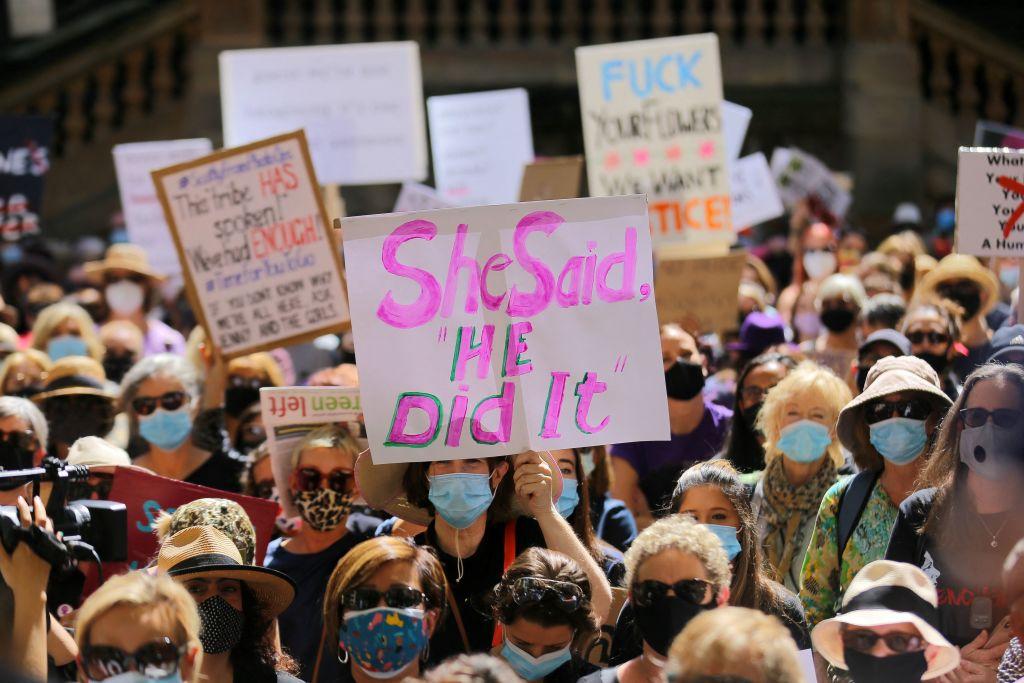Feminists seem endlessly to covet things that give men a thrill. They are working hard to take over all the boys’ clubs—the organisations and activities previously reserved for males—determined that men shouldn’t be allowed to enjoy what was traditionally their territory.
It is like covetous children. Haven’t we all witnessed kids who have no interest in a toy or activity until it attracts the attention of another child, particularly a sibling? Then the battle is on, as the first child seeks what the other one has.
Everywhere there are individuals making the case that men should be forced to share their toys. Toys like bicycles.
With twice as many men as women enjoying regular cycling, there’s a major push to attract more women, and that means making it safer. Fair enough.
But according to gender researcher Kate Jelly, this means we must “build cycling infrastructure that is explicitly feminist.”
It turns out this research study, from the Humphrey School of Public Affairs, studied only ONE female and two male cyclists, measuring the distance between the cyclist and the passing motorist in nearly 3,000 separate events.
Their data, in fact, revealed almost all the motorists behaved well— with all but 1.12 percent keeping the required safe three-foot distance from the cyclists. And the much-heralded greater hazard for women turned out to be based on motorists passing three inches closer to the women (68 inches compared to 71 inches) in the tiny number of risky passes.

Is there no limit to the lengths gender warriors will go to claim victim status for women? It seems not when arguing that women shun cycling for safety reasons rather than acknowledging more mundane issues like helmet hair.
The lesson is clear—if women believe that the roads aren’t safe for them to ride, then cycling infrastructure will have to change.
Yet an element of risk-taking is surely part of the attraction of cycling for many men, who regularly sail past me on Sydney’s hazardous roads as I dutifully stick to the city’s infuriating cycle paths, complete with uncoordinated traffic lights at every corner.
In the past, it was often the bicycle that gave little boys their first chance to escape their mothers’ skirts, a taste of real freedom, even if it came with the occasional bent bike and a bloody knee.
Male Superheroes Turned Female
As Canadian commentator Janice Fiamengo has pointed out, we’ve recently seen women’s obsession with safety in full flight, with mask-clad female health officials leading the push for “safety at all cost” when it came to COVID lockdowns.Safety at all costs isn’t usually what springs to mind when facing city roads on two narrow, wobbly wheels.
The result is city cycling will end up being a tamer experience.
That’s the point. Whenever women muscle in on men’s activities or interests, the end product is something very different, often holding far less attraction for either gender.
The classic example is the humble comic book featuring the heroic male superhero that entertained generations of little schoolboys—and a few of their female friends.
But when feminism came to control our cultural narrative, it was determined these pale, stale supermales must be shoved off their pedestals.
Comic book creators tinkered with the formula, introducing all manner of female superheroes.

His words created an uproar, and he was forced to backtrack, stating his company was proud of its new creations, and the diversity crusade continued.
Recent offerings include the Secret Six’s asexual Indian character, Roshanna Chatterji, the deaf Phoenix host, Maya Echo Lopez, and Marvel’s first Latin-American LGBTQ+ superhero, America Chavez. A thrill a minute, eh?
Men’s Only Institutions Under Siege
Endless other male bastions are also under siege. The exclusive Australian Club is holding out, still refusing to admit female members after 146 years of men only.One of the most outrageous examples of women chasing men’s toys is their demand for entry into Men’s Sheds.
This organisation was started exclusively for males only about 15 years ago—designed particularly for older retired men to support each other. But suddenly women wanted in, and sheds came under pressure from women who wanted to join cosy woodwork sessions with the boys.
It’s led to a huge split in the movement between those still keen to promote the mateship they believe is vital to support vulnerable men and those seeking brownie points from the ladies by embracing inclusiveness.
The jury is still out as to which side will prevail, but given the thousands of women’s organisations thriving across the country, it is quite remarkable that blokes weren’t allowed to keep this one for themselves.





